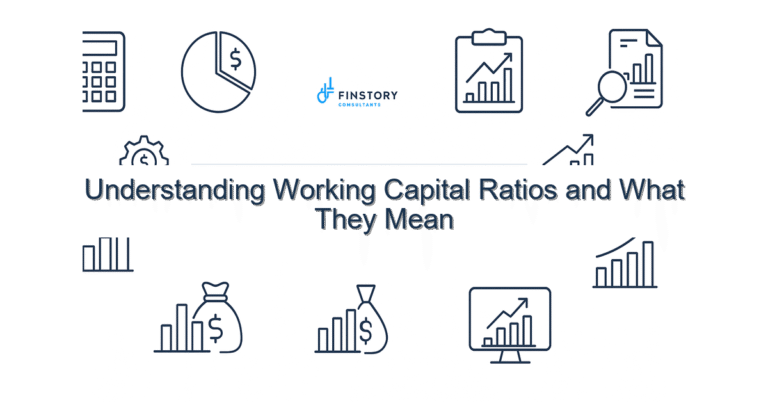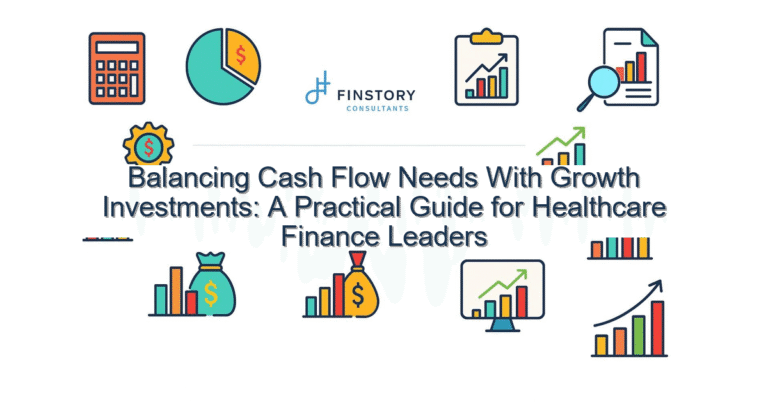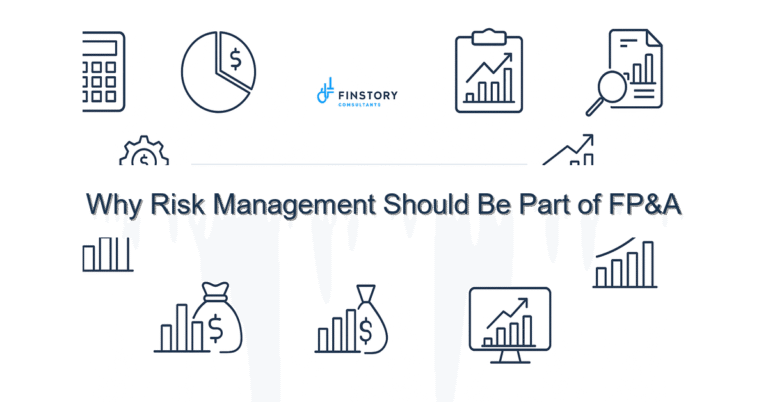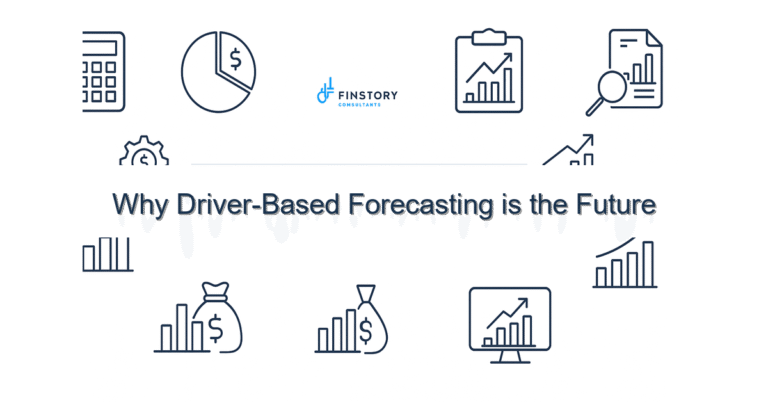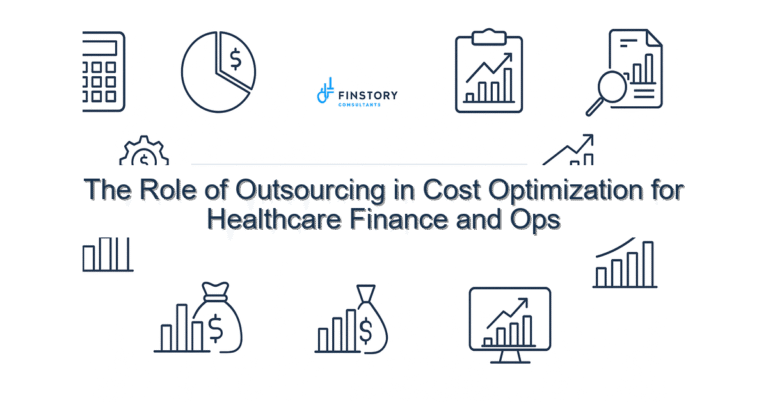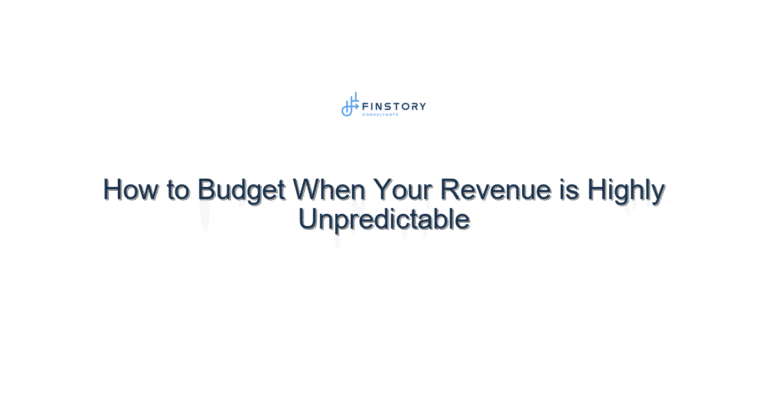Creating Financial Dashboards That Drive Decisions
Imagine driving a car with no speedometer, no fuel gauge, and no GPS. You’d probably feel stressed, guessing whether you’re on the right road—or about to run out of gas.
Running a business without a financial dashboard is exactly the same. You’re flying blind.
A great financial dashboard doesn’t just look pretty. It helps you make better decisions, faster. Let’s dive into how you can create dashboards that truly drive your business forward—and avoid the common pitfalls that make so many dashboards useless.
What is a Financial Dashboard?
A financial dashboard is a visual snapshot of your key financial numbers. Instead of poring over spreadsheets, you get colorful charts, graphs, and metrics that instantly show how your business is performing.
But here’s the catch:
A dashboard should be a decision-making tool, not just a reporting tool.
If you’re only looking at numbers because you “should,” you’re missing the point. Dashboards should answer real questions, like:
- Are we hitting our revenue goals?
- Is cash flow trending up or down?
- Which products are most profitable?
- How much runway do we have before needing new capital?
Real-World Example: The E-commerce Wake-Up Call
Take Jenna, who runs a growing e-commerce brand. Every month, her accountant sent over profit-and-loss reports… but they were pages of tiny numbers she barely glanced at.
When we helped her set up a dashboard, she immediately saw that her ad spend had ballooned to 40% of revenue. Sales were growing, but profits were shrinking. With her new dashboard, Jenna cut low-performing ads and saved over $25,000 in three months.
Without those visuals, she might have kept overspending without realizing why her bank balance was falling.
Key Metrics to Include
A good dashboard isn’t cluttered—it focuses on the essentials. Depending on your business, consider including:
✅ Revenue Trends — Are sales going up or down? Smooth lines or jagged peaks?
✅ Gross and Net Profit Margins — See how much money stays in your pocket after costs.
✅ Cash Flow — Track inflows and outflows so you’re never caught short.
✅ Accounts Receivable Aging — Know who owes you money, and how long they’re taking to pay.
✅ Burn Rate and Runway — Crucial for startups to see how long cash will last.
✅ Budget vs. Actuals — Spot where spending is higher or lower than planned.
Keep It Simple and Focused
One mistake I see all the time: Dashboards with 20+ charts and widgets.
When everything screams “look at me!”, you end up looking at nothing.
Here’s a rule of thumb:
A good dashboard should fit on one screen and be readable in under a minute.
Hypothetical Scenario: The SaaS Company
Imagine a SaaS company tracking Monthly Recurring Revenue (MRR), churn rate, and Customer Acquisition Cost (CAC).
They built a flashy dashboard with dozens of KPIs… but nobody used it. Why? Because the team was overwhelmed.
We helped them narrow it down to four key metrics tied to decisions:
- MRR growth rate
- Churn percentage
- CAC payback period
- Net revenue retention
With fewer numbers to watch, the team could spot issues faster—and act on them.
How a Virtual CFO Helps
Building dashboards can be tricky. A Virtual CFO can help you:
✅ Identify which KPIs matter most for your business model
✅ Choose the right software tools for building dashboards
✅ Design dashboards that are clear, useful, and tailored to how you make decisions
✅ Monitor trends and help you act on what you see
Instead of dashboard clutter, you’ll have a powerful command center for steering your business.
Your Next Step
If your financials live in dusty spreadsheets or reports nobody reads, it’s time to level up.
Pick three financial metrics you’d love to see at a glance. That’s your starting point for a powerful dashboard.
And if you’d rather not wrestle with software and formulas, think about bringing in a Virtual CFO. Your business deserves tools that help you drive forward confidently—not just admire the view.

